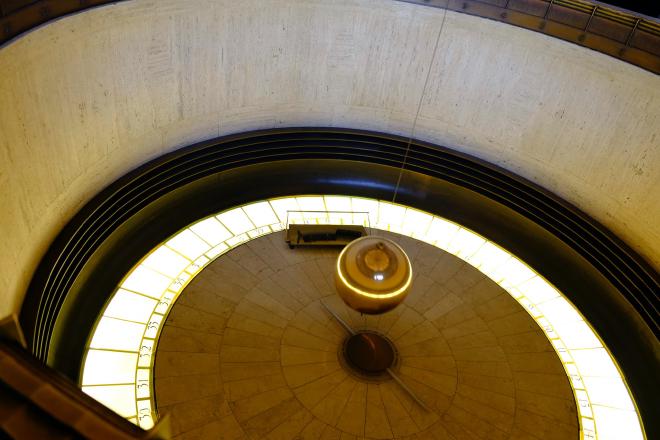What Is Momentum?
Table of Contents
We all remember the equation \(p = mv\) when we are told about the momentum. Have we ever thought about why this quantity is defined as momentum? Why a simple multiplication of mass and velocity represents the motion of a body in Newton’s Laws? Can’t momentum be \(m^2v\) or \(mv^3\) or something else? Let’s find out.
History #
Aristotle claimed that everything that is moving must be kept moving by something. On a commentary on Aristotle’s metaphysics, the philosopher at Alexandria, John Philophonus developed the concept of momentum(not \( p = mv \) yet). The problem with Aristotle is that he claimed a projectile ball is kept moving by air which also resists the motion. This is pointed out by Philophonus. Most accepted Aristotle’s definition but few were sceptical. Philophonus claimed that some impetus is imparted to the object by the action of throwing it. Avicenna(Ibn Sīnā), following Philophonus, published his own theory but claimed that the impetus is not temporary. Philophonus claimed the impetus to be temporary and must be provided constantly for motion but Avicenna provided a framework which said the impetus dissipates itself over a period of time.

This work was refined by Peter Olivi and Jean Buridan around the 1350s. Buridan referred to impetus as being proportional to weight times speed. Also, Buridan provided a framework where external forces like air resistance need to act to dissipate the impetus.
Réne Descartes was the first to give a conservation law for momentum where he states that the total quantity of motion (Latin: quantitas motus) in the universe is conserved, where the quantity of motion is understood as the product of size and speed. However, this is not the conservation of momentum we have studied in our university because there was no concept of mass-developed around this time and all of this refers to speed rather than velocity. This makes a difference that if a ball bounces off of a wall, there is no change in the quantitas motus if the speed remains the same. Galileo was on par with this idea.
Leibniz, in his “Discourse on Metaphysics”, gives an argument against Descartes’ construction of the conservation of the quantitas motus using an example of dropping blocks of different sizes different distances. It was Christiaan Huygens who formulated the correct laws by concluding Descartes was wrong. But credits to Descartes for bringing up such a feat into philosophy(now physics) about the idea of conservation law. Today’s physics is swarming with conservation laws(if one studies a QFT textbook, for instance). The good thing about Huygens is that he is the one to recognize the Galilean Invariance of the problem.
Nevertheless, the first correct version of the conservation law was worked out by English Mathematician, John Wallis in 1670. His work Mechanica sive De Motu, Tractatus Geometricus: “the initial state of the body, either of rest or of motion, will persist” and “If the force is greater than the resistance, the motion will result”. Sounds more like Newton’s Laws. In fact, Wallis used the word momentum for the first time to refer to the quantity of motion and vis for Force. Then, Newton came around and published his Philosophiæ Naturalis Principia Mathematica, which brought all these developments to one roof. Rest history is known to almost all Physics majors. The development of Calculus, Variational Principles, d’Alembert’s laws, Lagrangian Mechanics, Hamiltonian Mechanics and a dive into Quantum Mechanics and General Relativity and now into the future…
A Snag #
How did Réne Descartes come up with the product law? One possible explanation is that he might have experimented and must have observed that these two quantities when changed, the motion changes. Therefore they must combinedly contribute to the motion of the body. And multiplication of these two quantities might have been a go-to way to combine quantities of different dimensions. But multiplying those quantities he must have observed the fact that they are the same for bodies in motion with no dissipative forces. But trying to stick the logical reasoning of Descartes is for another future article to come by.
But look how close he was since he mistook mass for the size of the object(related w.r.t density of the object) and speed for velocity. It is amazing to think how he arrived at this even though it is wrong as we know it. Their logical reasoning has a lot for us to learn from.

